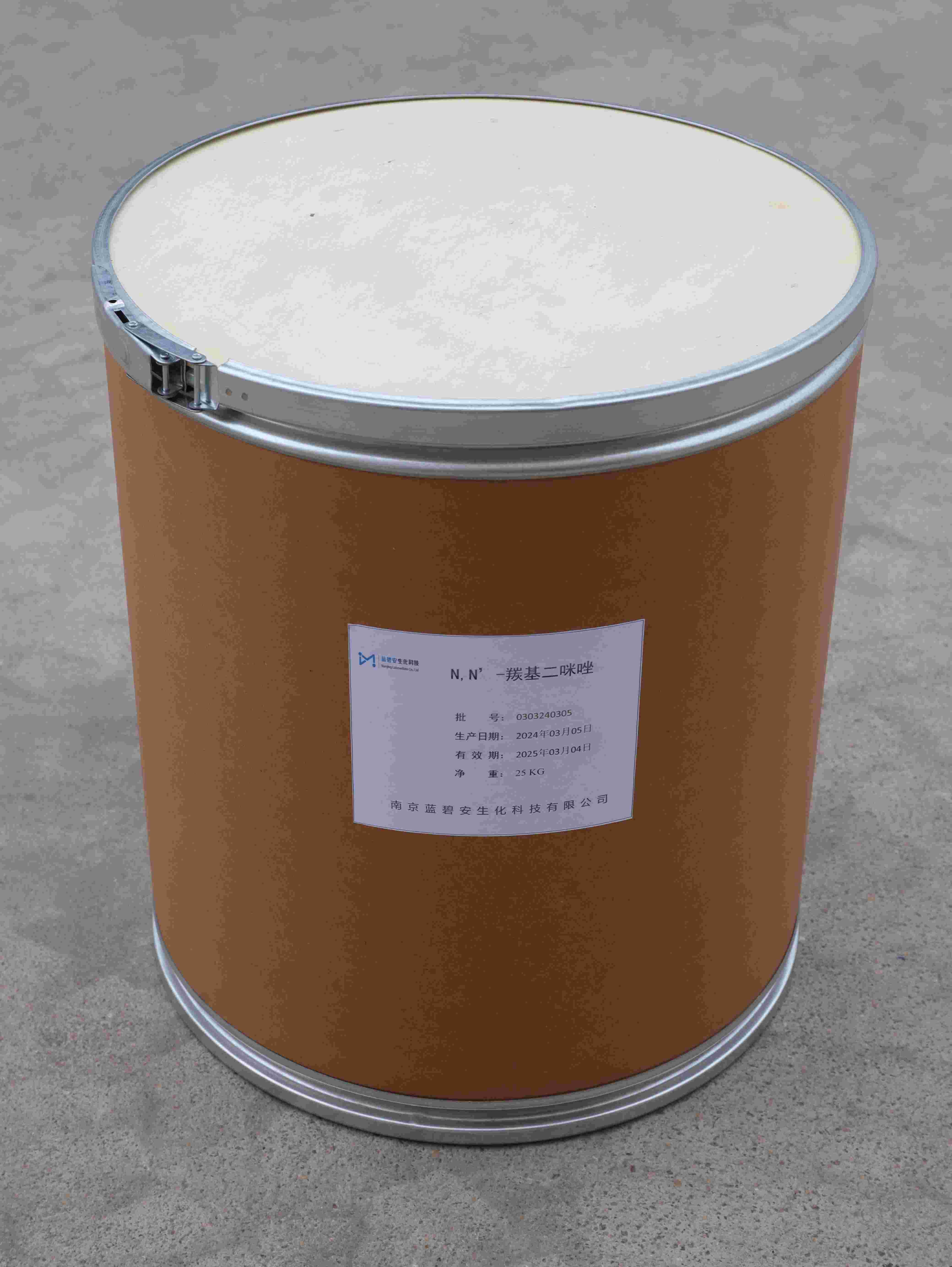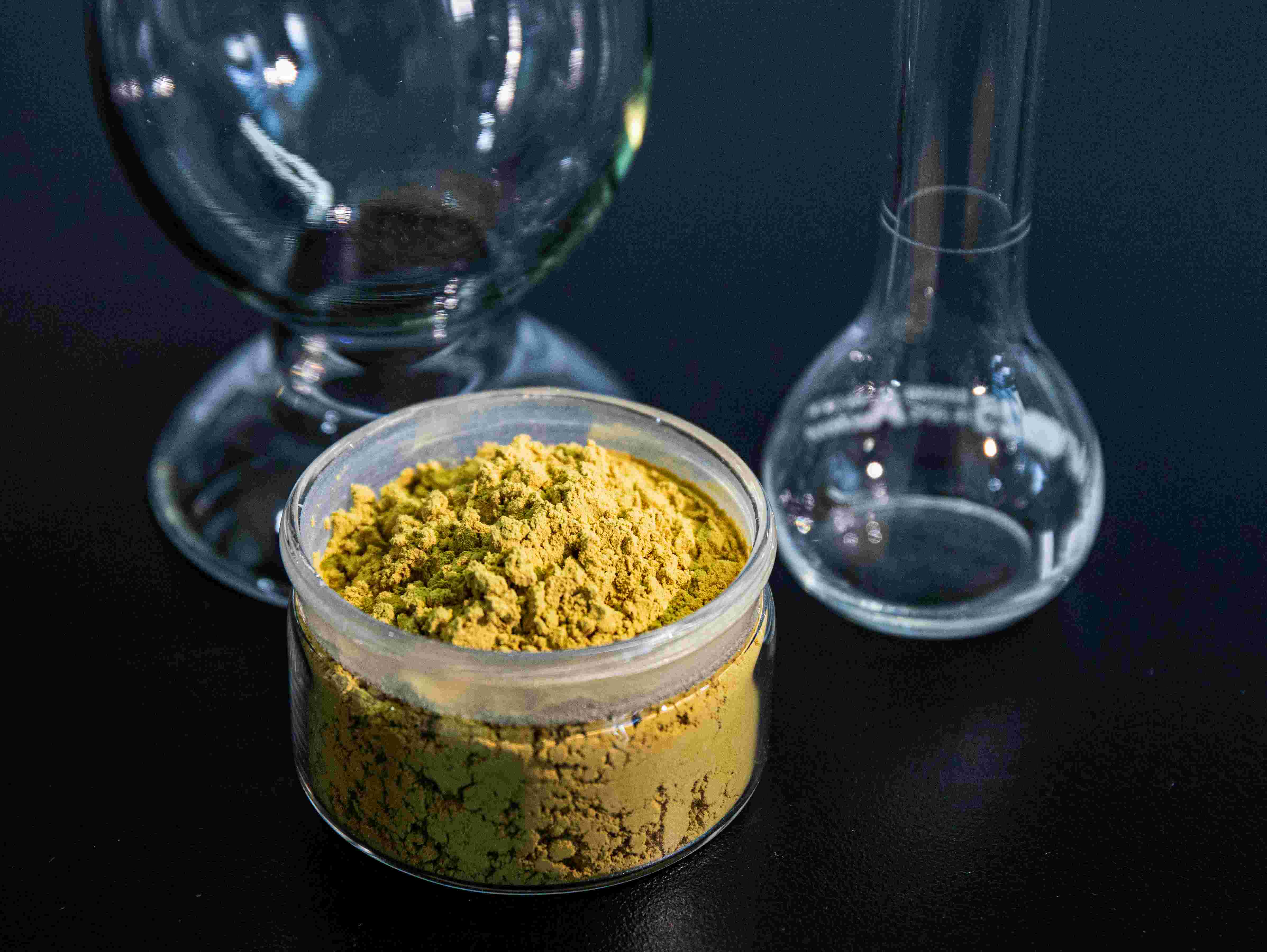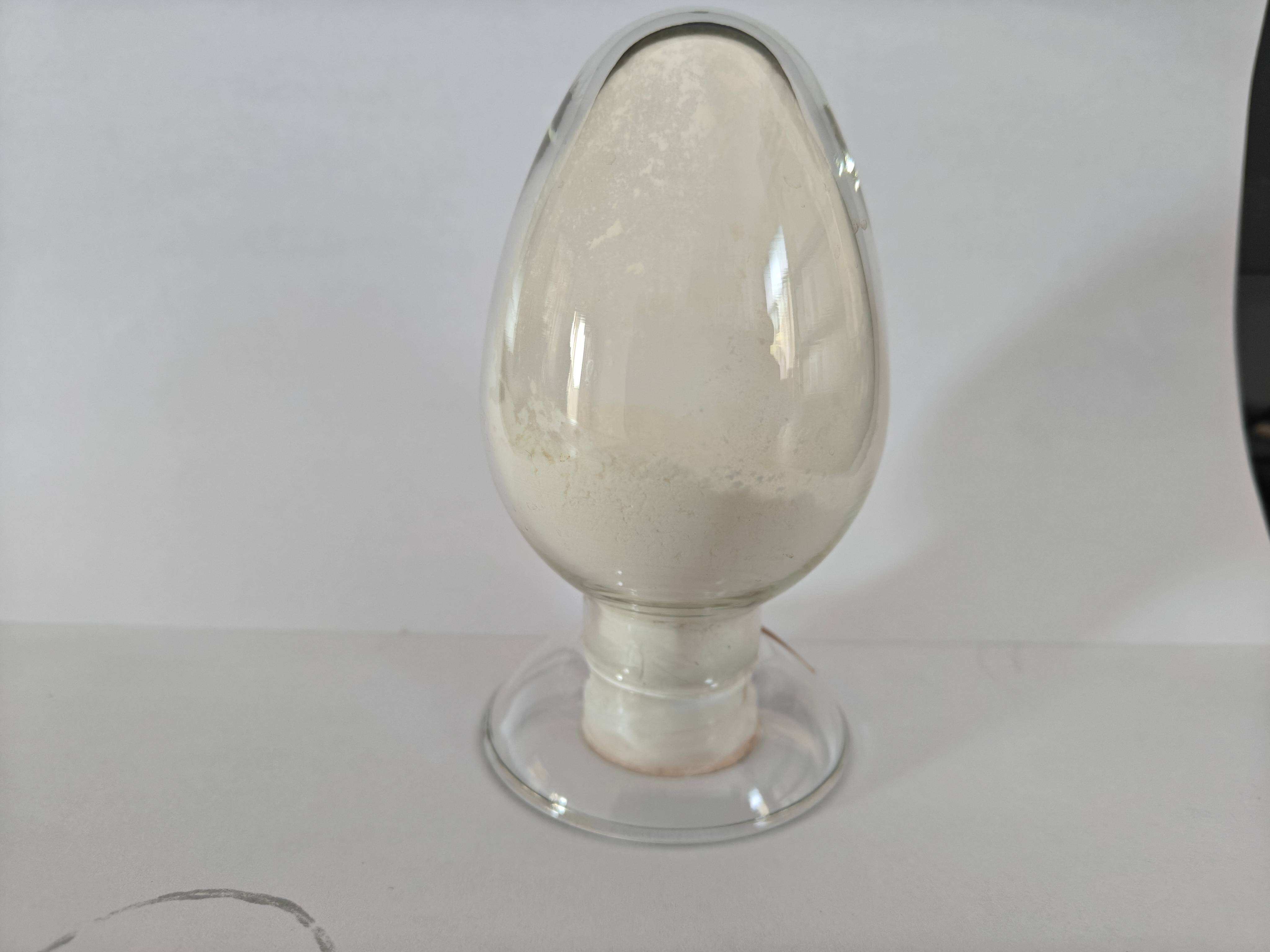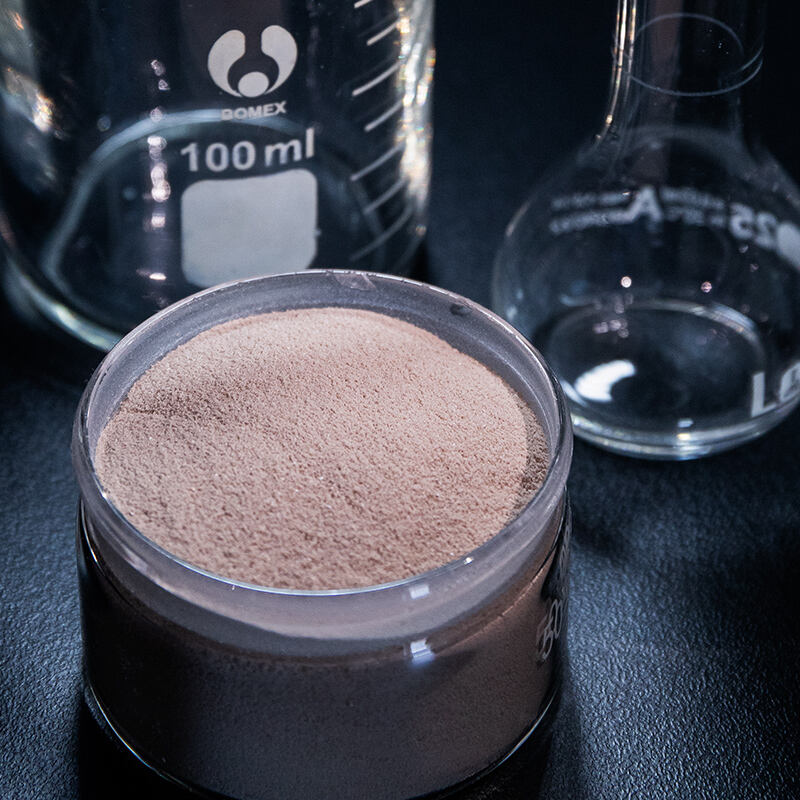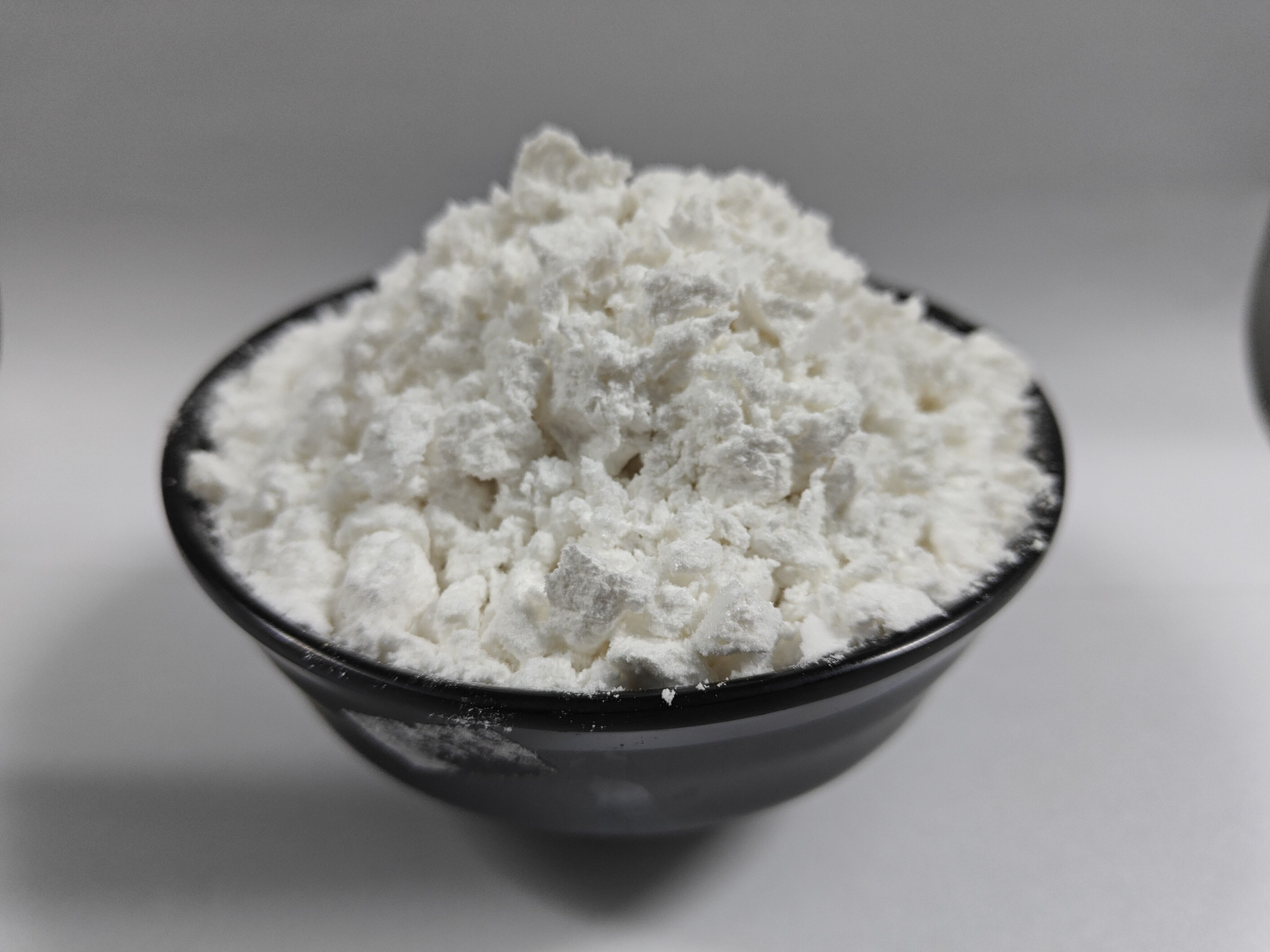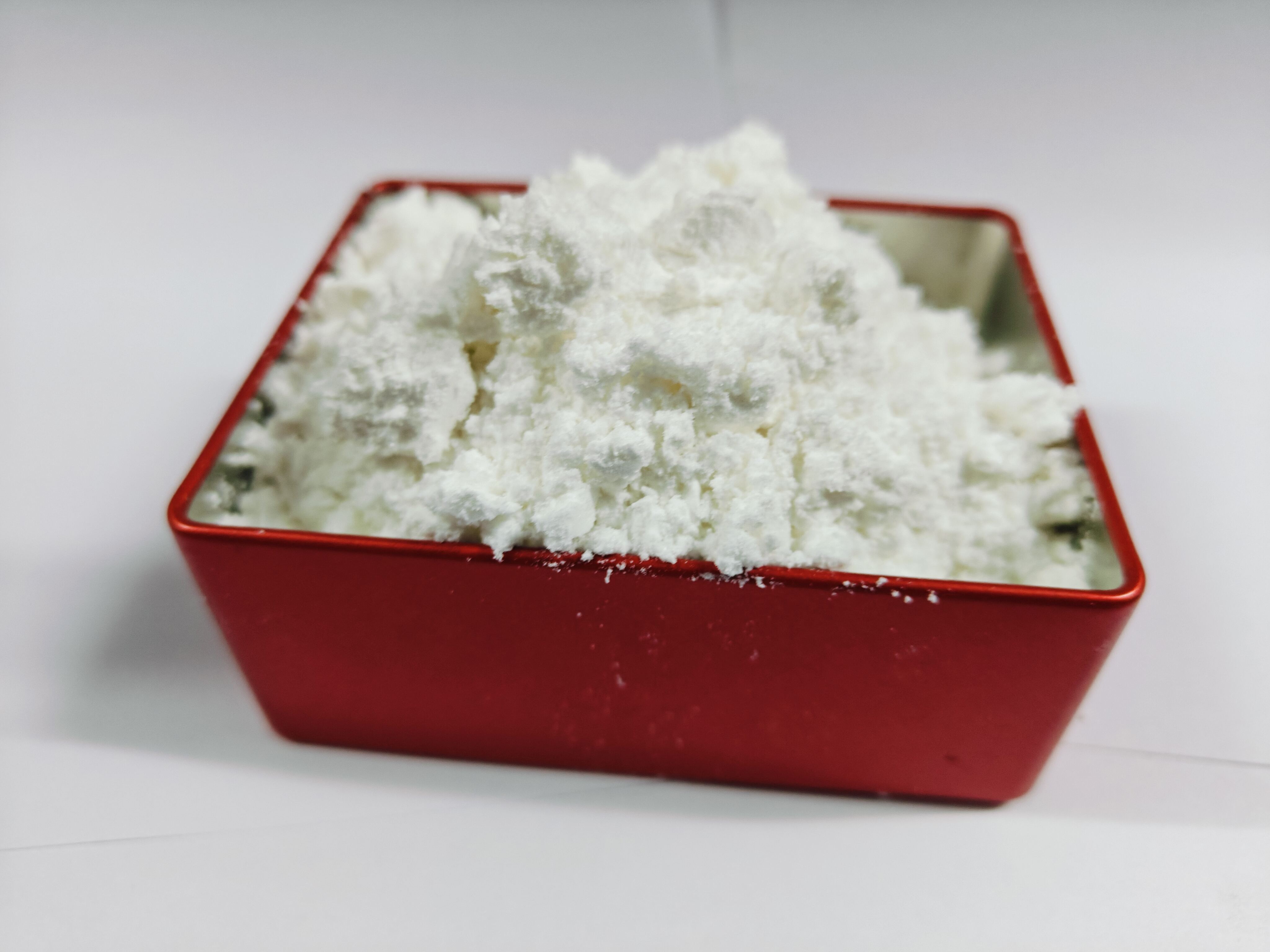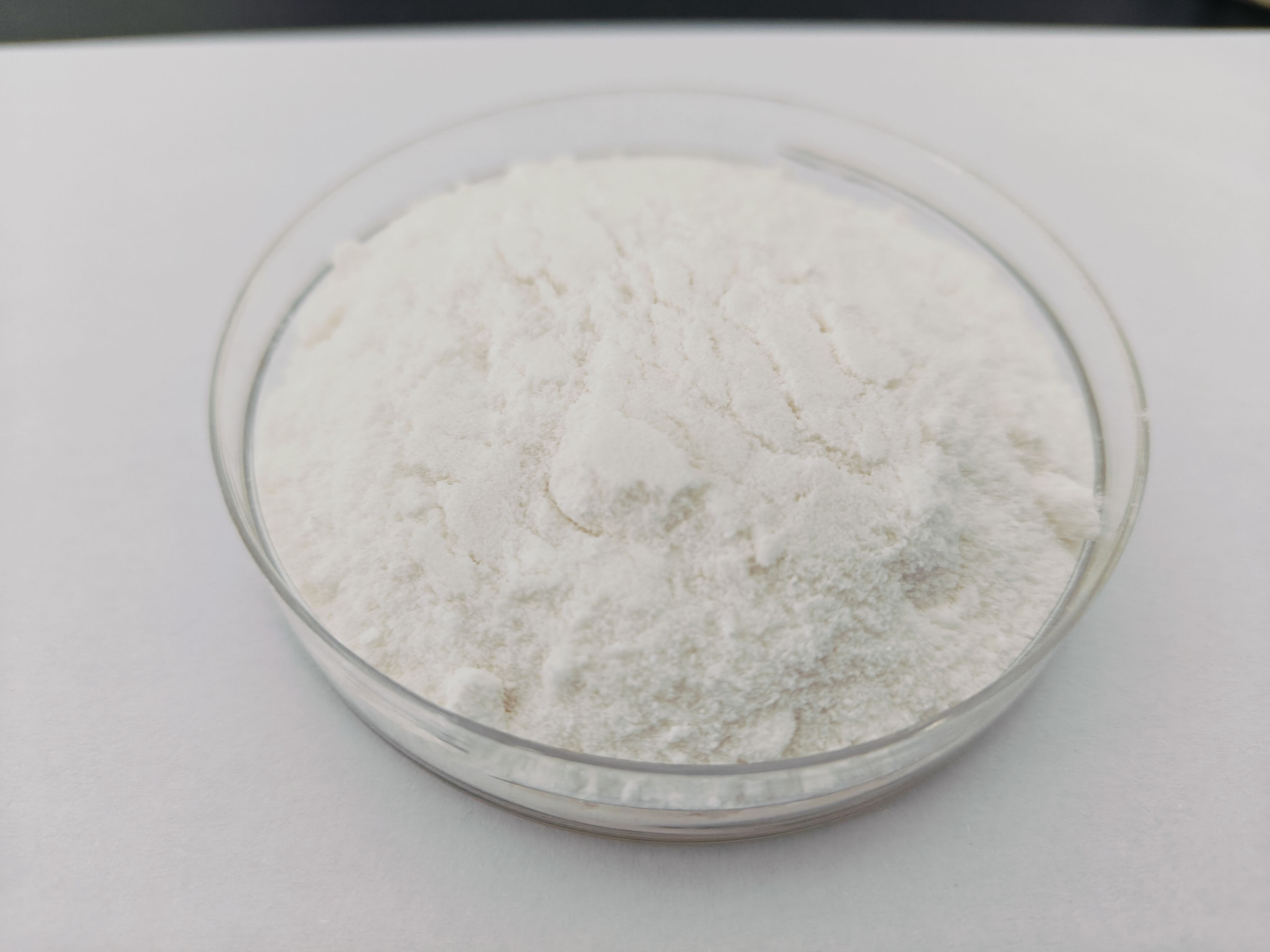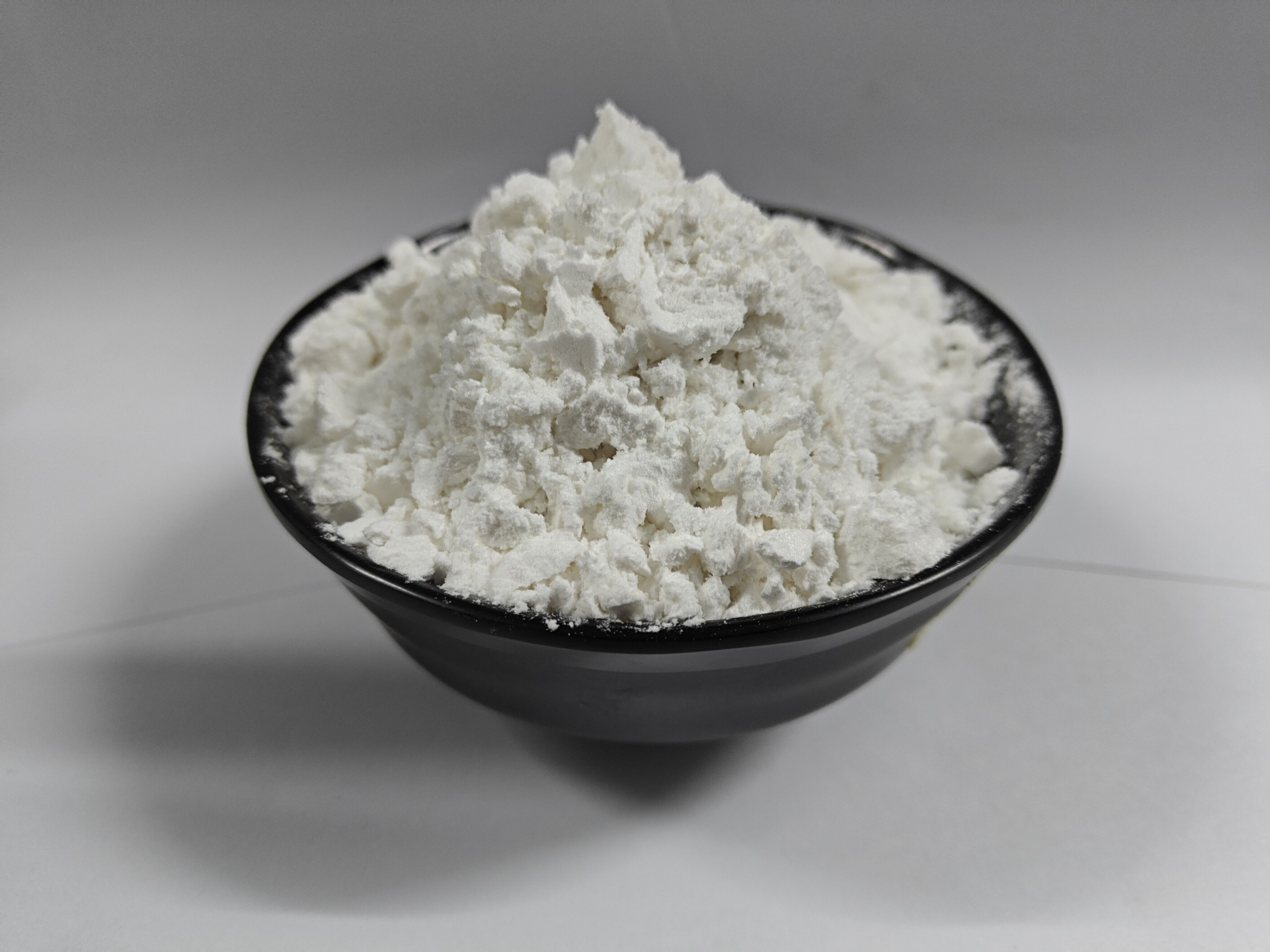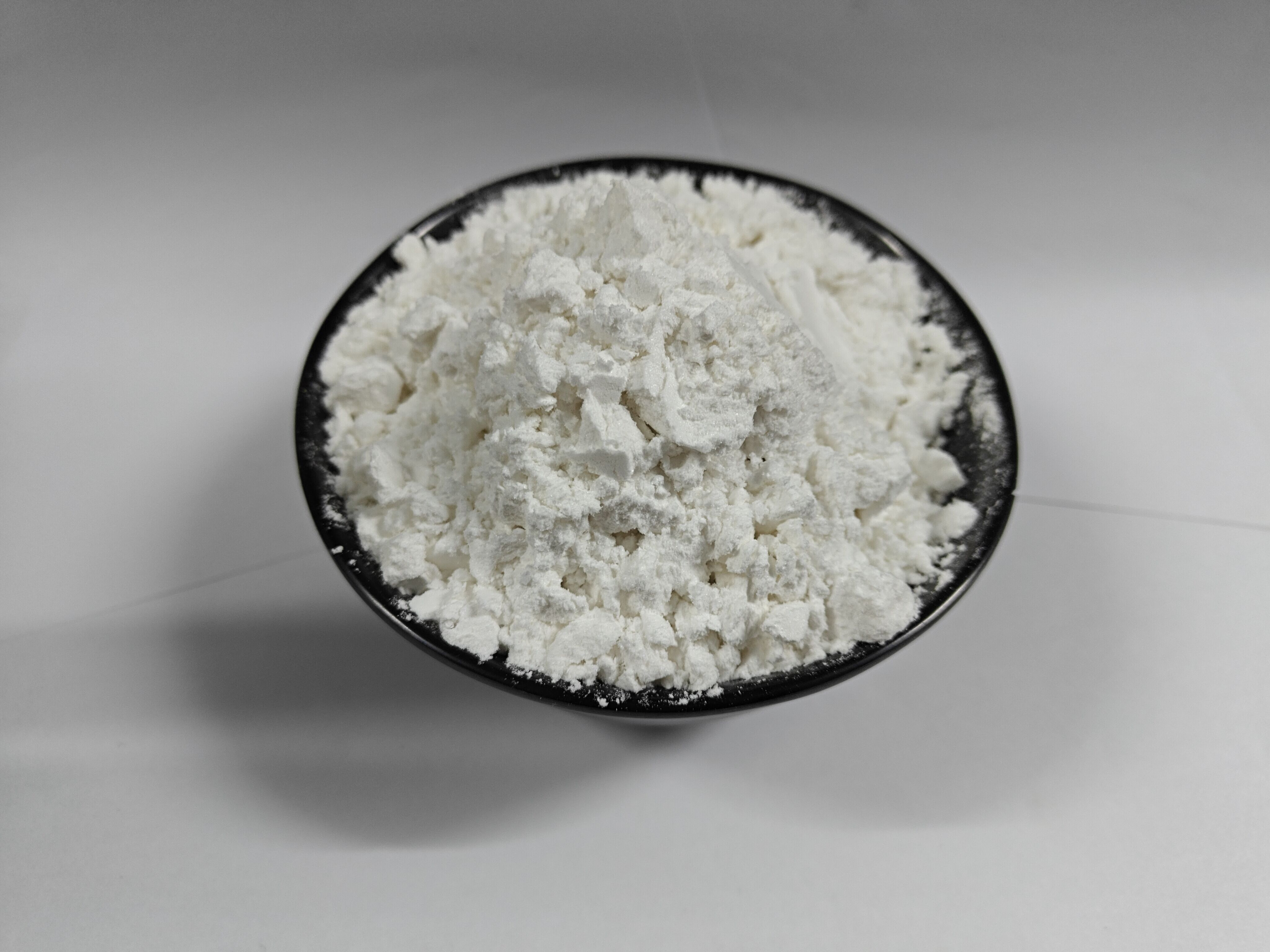reaktibidad ng cdi
Ang reaktibidad ng CDI (Carbonyldiimidazole) ay nagrerepresenta bilang isang mahalagang aspeto ng modernong sintesis ng organiko at pangkimikal na proseso. Nagpapakita ang kompound na ito ng kamangha-manghang kawastuhan sa kanyang kimikal na pag-uugali, pangunahing nagtatrabaho bilang isang epektibong rehenteng pagsasama at aktibong agente. Karakteristikang may kakayanang bumuo ng aktibong mga tagatanggap sa pamamagitan ng mga reaksyon ng nucleophilic substitution ang reaktibidad ng CDI, lalo na sa pagsasanay ng amides, esters, at iba pang mga deribatibo ng carbonyl. Nagpapakita ang kompound ng piling reaktibidad sa iba't ibang mga pangkat na funktsyonal, nagiging mahalaga ito sa sintesis ng farmaseutikal, polimerikong kimika, at agham ng mga materyales. Pinapayagan ng anyo nito ng molekular na kontroladong pag-aktibo ng mga carboxylic acid, pinapagana ang presisong mga reaksyon ng pagsasama sa mababaw na kondisyon. Patran ng reaktibidad ng CDI ay kasama ang mabilis na reaksiyon sa mga pangunahing at sekundaryang aminas, alcoholes, at thiols, habang kinikinabangan ang estabilidad sa mga aprotikong solvent. Ito'y natatanging kombinasyon ng piling reaktibidad at estabilidad na humantong sa malawak na paggamit nito sa industriyal na aplikasyon, lalo na sa sintesis ng mga peptide, binago na mga protina, at espesyal na mga polimero. Maaaring masusing ipagawa ang reaktibidad ng CDI sa pamamagitan ng kontrol sa temperatura at pagpili ng solvent, nagbibigay ng eksepsiyonal na likasot sa mga mananaliksik at manunufactura sa disenyo at optimisasyon ng reaksiyon.

